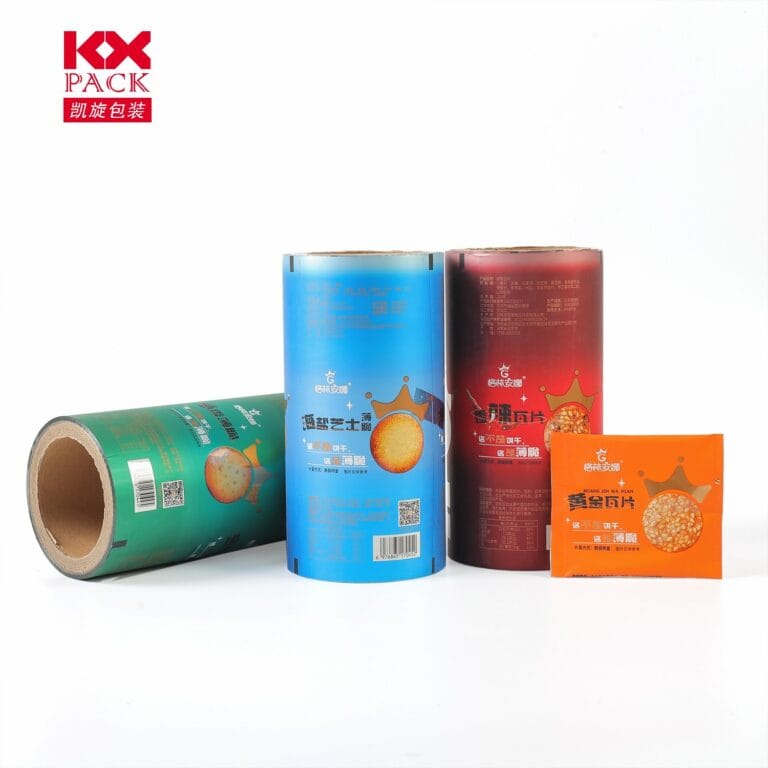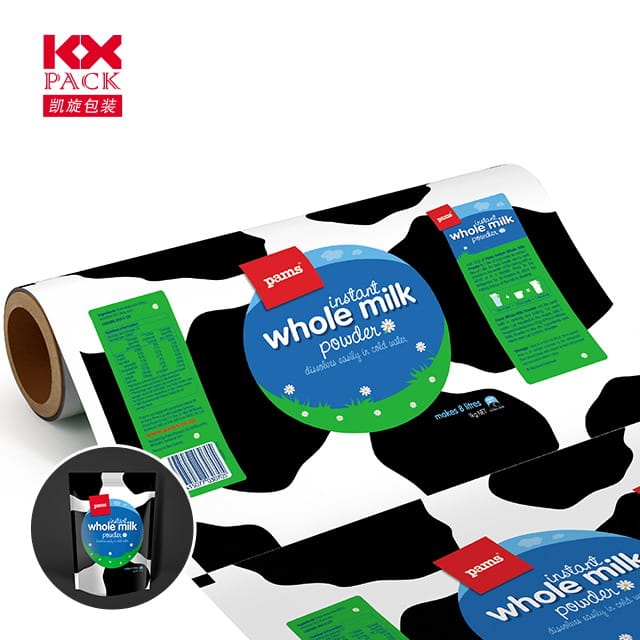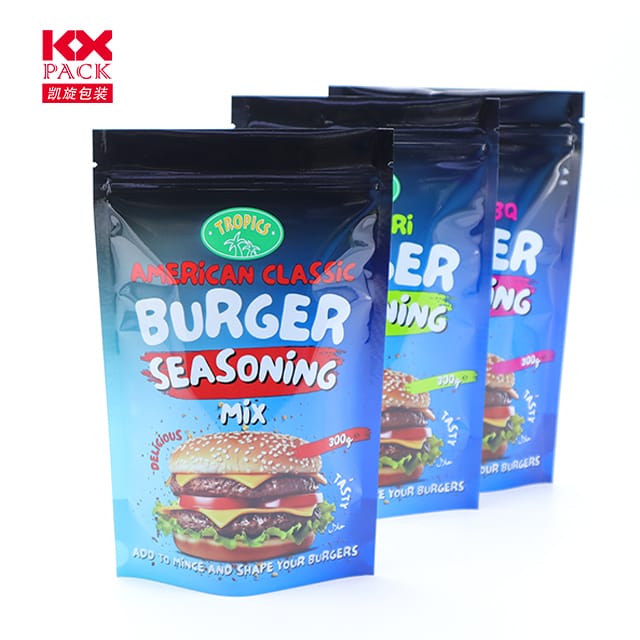Malamalama i mea taua o le fetuutuunai afifi afifi: O se taiala mo le faitauina o nei fofo
Fetuutuunai afifiina ata
I aso nei o le taimi o le tagata faatauga, Fetuutuunai afifiina ata have emerged as a game-changer, Tuuina atu o le moli moli, tau-aoga, ma Viapale Fofo mo oloa puipuiga ma folasaga. Mai meaʻai ma meainu i vailaʻau ma oloa a le vailaʻau ma alamanuia oloa, O nei ata tifaga o le inisinia e fetaui ma le eseese o le faʻaaogaina o le paleni, gafataulimaina, ma fa'ailoga. Let’s delve into the core properties that define flexible packaging films and their impact on product success.
1. O meatotino a le Barrir: The Shield Against Contamination
Fetuutuunai afifiina ata are designed to act as a barrier against external elements like oxygen, susu, malamalama, ma manogi. O lesi foi mea:
- BOPP (BIAXIXINE TOREADERS Pongpropylene) excels in moisture resistance, making it ideal for snack packaging and hygiene products.
- BOPET (Biaxially Oriented Polyethylene Terephthalate) combines transparency with high tensile strength and gas barrier properties, ensuring freshness for food and pharmaceuticals.
- Nylon (PA) offers superior oxygen barrier capabilities, often used in high-performance laminates for meat and cheese packaging.
- Evoh (Ethylene Vinyl 'ava malosi) layers enhance oxygen resistance in multilayer structures, extending shelf life significantly.
Why it matters: Effective barrier properties prevent spoilage, maintain product integrity, and reduce food waste—a critical consideration for sustainability-focused brands.
2. Malosi le malosi: Durability in Motion
Packaging must withstand handling, felauaiga, and storage without compromising contents. Key mechanical properties include:
- Tensile Strength: Measures resistance to breaking under tension. BOPET and BOPA (Biaxially Oriented Polyamide) films are renowned for their high tensile strength, ensuring durability during transit.
- Puncture Resistance: Critical for products with sharp edges (E.g., Meaʻai Faʻaola). Nylon-based films or co-extruded structures with thick layers excel here.
- Elongation at Break: Indicates how much a film can stretch before tearing. High elongation (E.g., LDPE films) is ideal for irregularly shaped products like toys or tools.
- Tear Strength: Prevents propagation of tears once initiated, crucial for bags and pouches.
Real-world example: A study on BOPP films showed their ability to withstand 90°C thermoforming without losing structural integrity, making them suitable for rigid-like packaging with flexible benefits.
3. O meatotino talafeagai: The Power of Visual Appeal
Fetuutuunai afifiina ata is often the first interaction consumers have with a product. Optical properties include:
- Malamalama: BOPET and BOPP films offer crystal-clear visibility, enhancing product appeal for items like fresh produce or confectionery.
- Gloss: High-gloss finishes create a premium look, often achieved through metallization or coating layers.
- Haze: Low haze values ensure clarity, while matte finishes can reduce glare for a sophisticated aesthetic.
Branding tip: Use high-quality printing on films like BOPP (which supports vibrant colors and graphics) to create eye-catching designs that stand out on shelves.
4. Thermal Properties: Adapting to Process and Environment
Packaging films must perform under varying temperatures:
- Vevela vevela: LDPE and co-extruded films seal reliably at low temperatures, reducing energy costs during production.
- Thermoformability: Films like BOPE (Biaxially Oriented Polyethylene) can be molded into custom shapes (E.g., trays for ready-to-eat meals) without cracking.
- Heat Resistance: Nylon films withstand high processing temperatures (up to 260°C for PA66), making them suitable for retort packaging (sterilized products).
Case study: A coffee brand switched to a BOPET/aluminum laminate, leveraging its heat resistance to maintain freshness in hot-fill applications while reducing packaging weight by 30%.
5. Soifua Maloloina: Le lumanaʻi o afifiina
As environmental concerns grow, flexible films are evolving to meet eco-conscious demands:
- Biodegradability: Ata tifaga na faia mai le Place (Polylactic acid) or starch blends decompose naturally, Faaitiitia lapisi lapisi.
- Compostability: Certified compostable films (E.g., those meeting EN 13432 standards) break down in industrial composting facilities.
- Toe popoto: Mono-material structures (E.g., Uma-Pousches) Faʻafaigofie Recycling oona, while down-gauging reduces material use without sacrificing performance.
Innovation spotlight: A leading packaging company developed a recyclable PE/EVOH laminate, balancing barrier properties with circular economy goals.
6. Chemical Resistance: Protecting Product Purity
Films must resist degradation from contents like oils, acids, or solvents:
- Nylon (PA) resists aromatic hydrocarbons, making it ideal for chemical packaging.
- Pvdc (Polyvinylfidene chlodide chloride) coatings enhance chemical resistance but face regulatory scrutiny due to environmental concerns.
- Co-extruded structures combine materials (E.g., PE/PA/EVOH) to create tailored resistance profiles.
Filifilia o le ata taumatau: O le paleni gaioiga
Selecting a flexible packaging film involves aligning properties with product needs:
- Mea'ai: Prioritize barrier properties (okesene, susu) and compliance with food-grade regulations (E.g., O le FDA, Atu).
- Faisalao: Focus on chemical resistance, light barrier, and tamper-evident features.
- Industrial goods: Emphasize puncture resistance and thermal stability for heavy-duty applications.
Fa'ai'uga
Flexible packaging films are a testament to innovation in material science, offering a blend of protection, Faatinoga, ma le gafataulimaina. By understanding their properties—from barrier strength to thermal adaptability—brands can design packaging that not only safeguards products but also enhances consumer experience and reduces environmental impact. E pei o le au tekonolosi agai, expect even smarter films that integrate smart sensors, active barriers, ma 100% toe totogiina, redefining the future of packaging.
Sauni e faʻaleleia lau afifi? Explore material testing services to evaluate film properties like oxygen transmission rate (Ots) or seal strength, ensuring your solution meets exacting standards. 🌍📦







